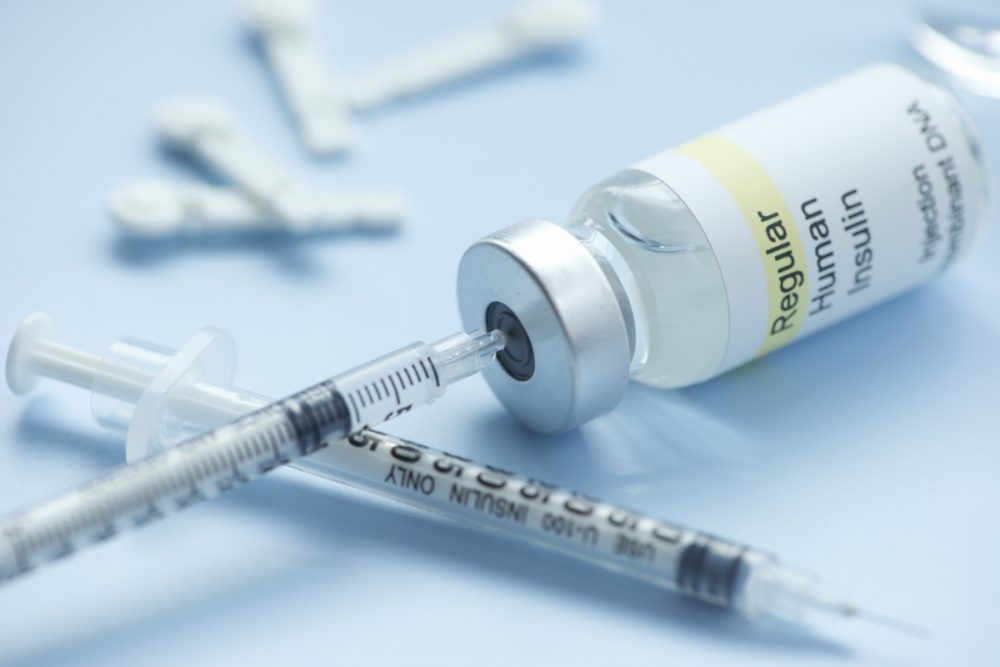Insulin resistance can make you more prone to diabetes. You may have insulin resistance for years before it comes to your knowledge. The condition does not involve noticeable symptoms. Therefore, it is important to get your blood glucose checked by your doctor regularly. As per an estimation by the American Diabetes Association (ADA), almost 50 percent of the patients with prediabetes and insulin resistance tend to eventually develop type 2 diabetes.
Insulin resistance may increase the risk of certain health conditions such as elevated blood pressure, high triglycerides, and overweight. Some patients may develop a skin condition called acanthosis nigricans wherein the skin on the back of the neck, armpits, and groin appears dark and develops velvety patches. The condition is believed to be caused by a buildup of insulin inside the skin cells. The condition is incurable.
Effects of Insulin Resistance on Health
Prediabetic individuals are at a higher risk of developing diabetes, therefore, their doctor may routinely monitor the levels of blood sugar and HgbA1c to recognize the development of early signs. Classic symptoms of diabetes include excessive hunger, extreme thirst, increased or frequent urination, tiredness, fatigue, tingling sensations in hands and feet, frequent infections, and evidence in blood samples.
Your doctor may examine the results of blood tests to identify the presence of insulin resistance, diabetes, or prediabetes when obvious symptoms are not present. These tests may include:
- A1C test – The test helps in diagnosing prediabetes or diabetes by measuring average blood sugar levels over two to three months. A value below 5.7 % is considered normal, between 5.7 and 6.4 % is diagnosed as prediabetes, and equal to or above 6.5 % confirms diabetes.
- Testing fasting blood glucose – It indicates levels of fasting blood sugar. You should not eat or drink for at least eight hours before taking this test. If higher levels are identified, your doctor may advise a second test after a few days to reconfirm the reading. You may have prediabetes or diabetes if both tests show elevated blood sugar levels. The normal range for fasting blood sugar is under 100 milligrams/deciliter (mg/dL). Values between 100 to 125 mg/dL indicate prediabetes. A value greater than or equal to 126 mg/dL confirms diabetes.
- Glucose tolerance test – Your doctor will pre-examine your blood glucose level before testing a two-hour glucose tolerance to diagnose diabetes or prediabetes. You will receive a premeasured drink with high sugar content and the doctor will re-examine your blood glucose levels after two hours. Your blood sugar level is normal if it is below 140 mg/dL, diagnostic to prediabetes if it is between 140 mg/dL to 199 mg/dL, and indicates diabetes if it 200mg/dL or high.
- Random blood tests – These random tests can help people with significant diabetes symptoms. However, they are not recommended for routine diabetes screening or prediabetes identification.
Insulin Resistance Symptoms
If you have achieved the age of 40, you should get some usual tests done for cholesterol, blood sugar, and other health markers. Your doctor can conduct these tests during a preventive screening or your annual physical examination.
Certain lifestyle parameters may pursue your doctor to advise testing at a young age. These include:
- A sedentary lifestyle
- A family history of diabetes
- High triglycerides or lower levels of good cholesterol (HDL)
- Connected to a native tribe such as American Indian, Asian-American, African-American, Latino, or Pacific Islander
- Constant high blood pressure
- Symptoms of insulin resistance
- Being diagnosed with gestational diabetes
- Delivered a baby weighing more than 9 pounds
- Ever had a stroke
A balanced diet, regular exercise, and healthy lifestyle choices can help you minimize the risk of diabetes.





